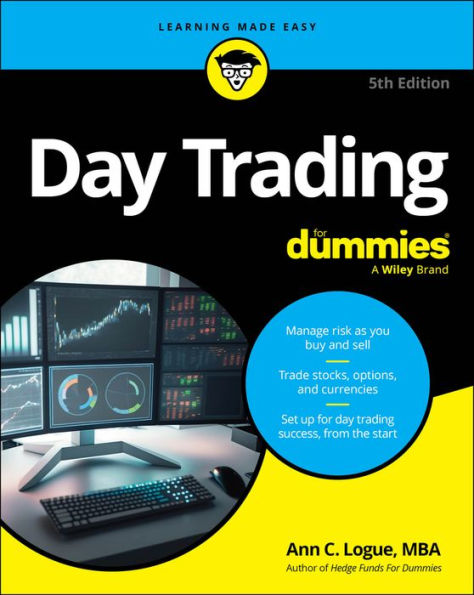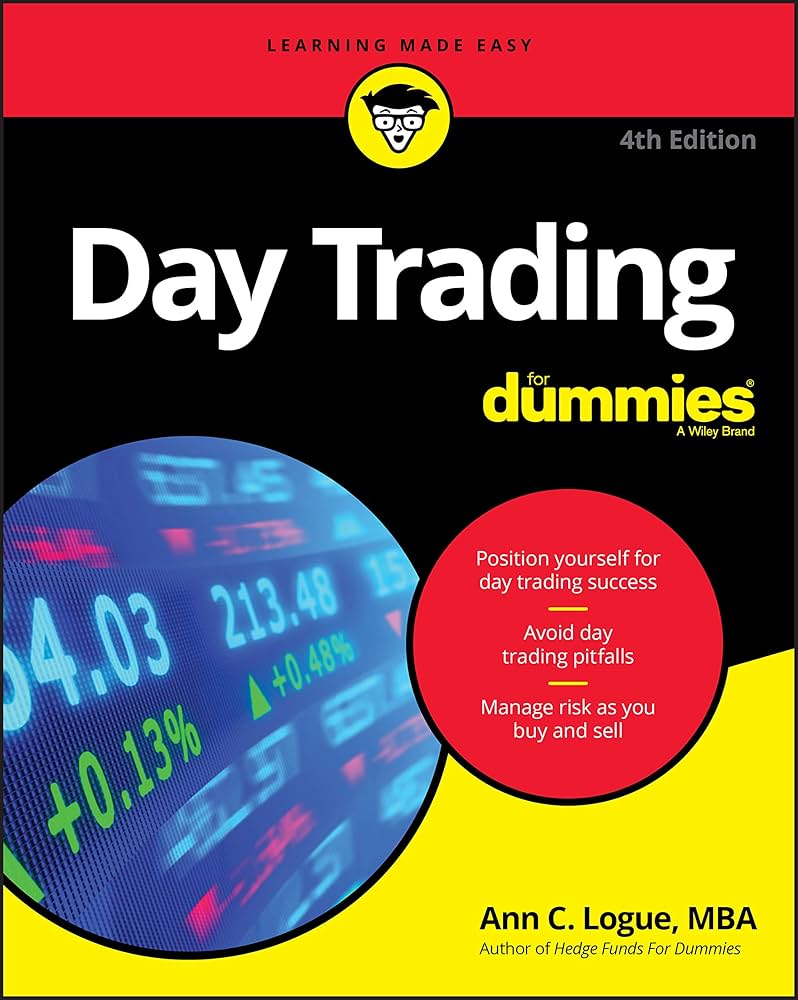Did you know that hedging is like wearing a raincoat on a sunny day—just in case the weather changes? In the world of day trading, hedging serves as a protective strategy to mitigate potential losses from market fluctuations. This article delves into the essentials of day trading hedging, explaining what it is and how it works, the reasons traders utilize these strategies, and the common techniques employed. You'll learn how to implement hedges in your trades, the associated risks, and how financial instruments and leverage play a role. Additionally, we’ll explore whether hedging can enhance profitability and clarify the differences between hedging and speculation. With insights into measuring effectiveness and understanding costs, this guide will help you navigate the complexities of day trading hedging. Remember, DayTradingBusiness is here to equip you with the knowledge needed to make informed trading decisions!
What is day trading hedging?
Day trading hedging is when traders open opposing positions within the same trading day to reduce risk. For example, they might buy a stock while simultaneously shorting a related ETF to protect against price swings. It works by offsetting potential losses in one position with gains in the other, helping manage volatility during active trading.
How does hedging work in day trading?
Day trading hedging involves opening a position to offset potential losses in another trade. For example, if you're long on a stock, you might buy a put option to protect against a drop. When the market moves against your primary trade, the hedge gains value, reducing overall risk. Traders often use futures, options, or inverse ETFs as hedges, aiming to limit losses without closing out their main position. It’s a quick way to manage unpredictable price swings during a single trading day.
Why do day traders use hedging strategies?
Day traders use hedging strategies to protect their positions from sudden market swings. Hedging minimizes potential losses by taking offsetting trades, like buying options or shorting related assets. It works by reducing risk exposure during volatile periods, allowing traders to lock in profits or limit damage. For example, if a trader holds a stock expecting a short-term decline, they might buy put options to offset possible losses. This way, hedging provides a safety net without abandoning their main trade.
What are common hedging techniques for day trading?
Common hedging techniques for day trading include using options like puts or calls to offset potential losses, trading inverse ETFs to profit from market declines, and executing short positions alongside long ones to balance risks. Traders might also employ stop-loss orders to limit downside or pair correlated assets to reduce exposure. These strategies help protect profits and minimize losses during volatile market moves.
How can I implement a hedge in my day trades?
To hedge in day trading, open a position in a related asset that offsets your main trade's risk. For example, if you buy shares expecting a rise, short sell a correlated security to protect against a drop. Use options like buying puts or calls to limit downside or lock in profits. The goal is to reduce potential losses without closing your primary position. Adjust your hedge as market conditions change for effective risk management.
What are the risks of day trading hedging?
The risks of day trading hedging include potential losses if market moves counter your hedge, increased transaction costs from frequent trades, and the complexity of managing multiple positions simultaneously. It can also limit gains if the hedge over-absorbs profitable moves, and market volatility can cause unexpected gaps that break your hedge.
Which financial instruments are used for day trading hedges?

Day trading hedges typically use options, futures, and inverse ETFs to offset potential losses. Traders buy put options or short futures contracts to protect against price drops. Inverse ETFs provide quick, straightforward downside protection without complex contracts. These instruments help limit risk during volatile trading sessions.
How does leverage affect day trading hedging?
Leverage amplifies both gains and losses in day trading hedging. It increases the size of your positions relative to your capital, making hedging more impactful but riskier. Proper use of leverage can enhance protection against price swings, while excessive leverage can cause rapid losses if the market moves against your hedge.
Can hedging improve profitability in day trading?
Yes, hedging can improve profitability in day trading by reducing risk on volatile trades. It involves taking offsetting positions—like holding a long and short position simultaneously—to protect against sudden market swings. This strategy minimizes losses during unpredictable price movements, allowing traders to lock in gains or limit damage. However, it also caps potential profits, so it's a balance between risk management and growth.
What are the differences between hedging and speculation?
Hedging in day trading involves opening positions to reduce risk from potential price swings, like buying options or futures to protect against losses. Speculation is betting on price movements to make quick profits, often taking larger risks without safety nets. Hedging aims to minimize losses, while speculation seeks to maximize gains through risk-taking. In day trading, hedging might mean holding opposite positions to offset potential downturns, whereas speculation involves aggressive trades based on short-term market predictions.
How do I measure the effectiveness of my day trading hedge?

To measure your day trading hedge's effectiveness, track how well it minimizes your losses during unpredictable price swings. Compare your overall profit and loss with and without the hedge in place. Look at the correlation between the hedge and your main position: a strong negative correlation indicates a good hedge. Monitor how much the hedge reduces your drawdowns during volatile moments. Use metrics like the hedge ratio and the Sharpe ratio to evaluate risk-adjusted performance. If your hedge consistently limits downside without sacrificing too much upside, it’s working effectively.
Learn about How to Measure Success in Day Trading Scalping
When should I use hedging in my day trading strategy?
Use hedging in day trading when you want to protect your position from sudden market swings. It works by taking an opposite position—like shorting a stock you own—to limit potential losses. Hedge when you expect volatility or want to lock in profits without closing your main trade. It's especially useful during major news events or uncertain market conditions.
What are the costs associated with day trading hedging?
Day trading hedging costs include spreads, commissions, and sometimes overnight financing fees. You might pay higher bid-ask spreads when executing multiple trades to hedge your position. Commissions or transaction fees can add up if you're frequently adjusting your hedge. If positions are held overnight or for extended periods, overnight financing costs may apply. These expenses reduce your overall profit potential in day trading hedging strategies.
How does hedging protect against market volatility?
Day trading hedging protects against market volatility by opening opposing positions, like buying and shorting related assets simultaneously. When one moves unfavorably, the other offsets the loss, reducing risk. For example, if you hold a long position in a stock and hedge with a short position or options, sudden price swings won’t wipe out your capital. It acts as an insurance, smoothing out unpredictable market shifts during a trading session.
Learn about Can hedging protect against market swings in day trading?
Are there any legal or regulatory considerations for day trading hedging?

Yes, day trading hedging may be subject to regulatory rules like pattern day trading rules, margin requirements, and restrictions on certain strategies. Brokers may have specific policies, and some jurisdictions limit or regulate hedging tactics to prevent market abuse. Always check your local financial regulations and broker agreements before engaging in day trading hedging.
Learn about What legal considerations are there for automated day trading systems?
Conclusion about What is day trading hedging and how does it work?
In summary, day trading hedging is a strategic approach that helps traders manage risk and protect against market fluctuations. By implementing various hedging techniques and understanding the associated risks and costs, day traders can enhance their profitability while navigating volatility. As you refine your trading strategies, consider leveraging insights from DayTradingBusiness to optimize your hedging practices and achieve better results.
Learn about How Do Day Trading Bots Work?